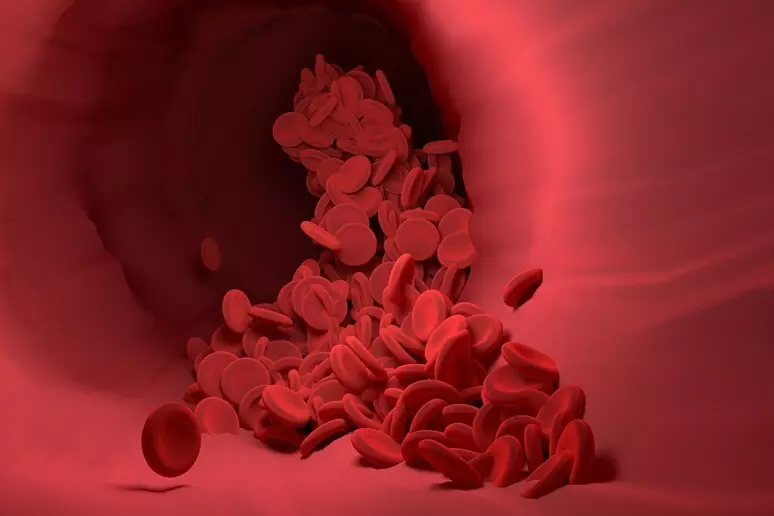A team of researchers at the U.S. National Institute of Health has discovered how certain genetic mutations are able to block the disposal mechanism of bad LDL cholesterol leading to the formation of atherosclerotic plaques that promote cardiovascular disease. The discovery was made possible through the use of special artificial intelligence-based software for electron cryomicroscopy analysis developed by 2024 Nobel Prize in Chemistry winners Davide Baker, Damis Hassabis, and John M. Jumper.
As Alan Remaley, among the lead authors of the study, explains, “LDL cholesterol is a major trigger of cardiovascular disease that kills one person every 33 seconds, so if you want to know your enemy, you need to know what it looks like.”
In more detail, as shown in the study published in Nature, the program simulates the process of certain genetic mutations responsible for increasing LDL cholesterol levels. Using the innovative creo E-M electron cryomicroscopy analysis, which allows the three-dimensional structure of complex molecules such as proteins to be determined at a resolution of near-atomic level, the researchers were able to visualize, in unprecedented detail, the protein that makes up the LDL molecule at the exact moment it binds to the LDLR receptor. This should trigger a cholesterol disposal process, but in some cases it does not happen.
The study, which is based on genetic mutations associated with cholesterol levels, is therefore mainly aimed at cases of hereditary familial hypercholesterolemia that exposes sufferers to high risks of stroke and heart attack. Now, with these new findings, researchers will be able to develop targeted drugs and therapies to lower levels of bad blood cholesterol in patients with cardiovascular disease due to genetic causes.












